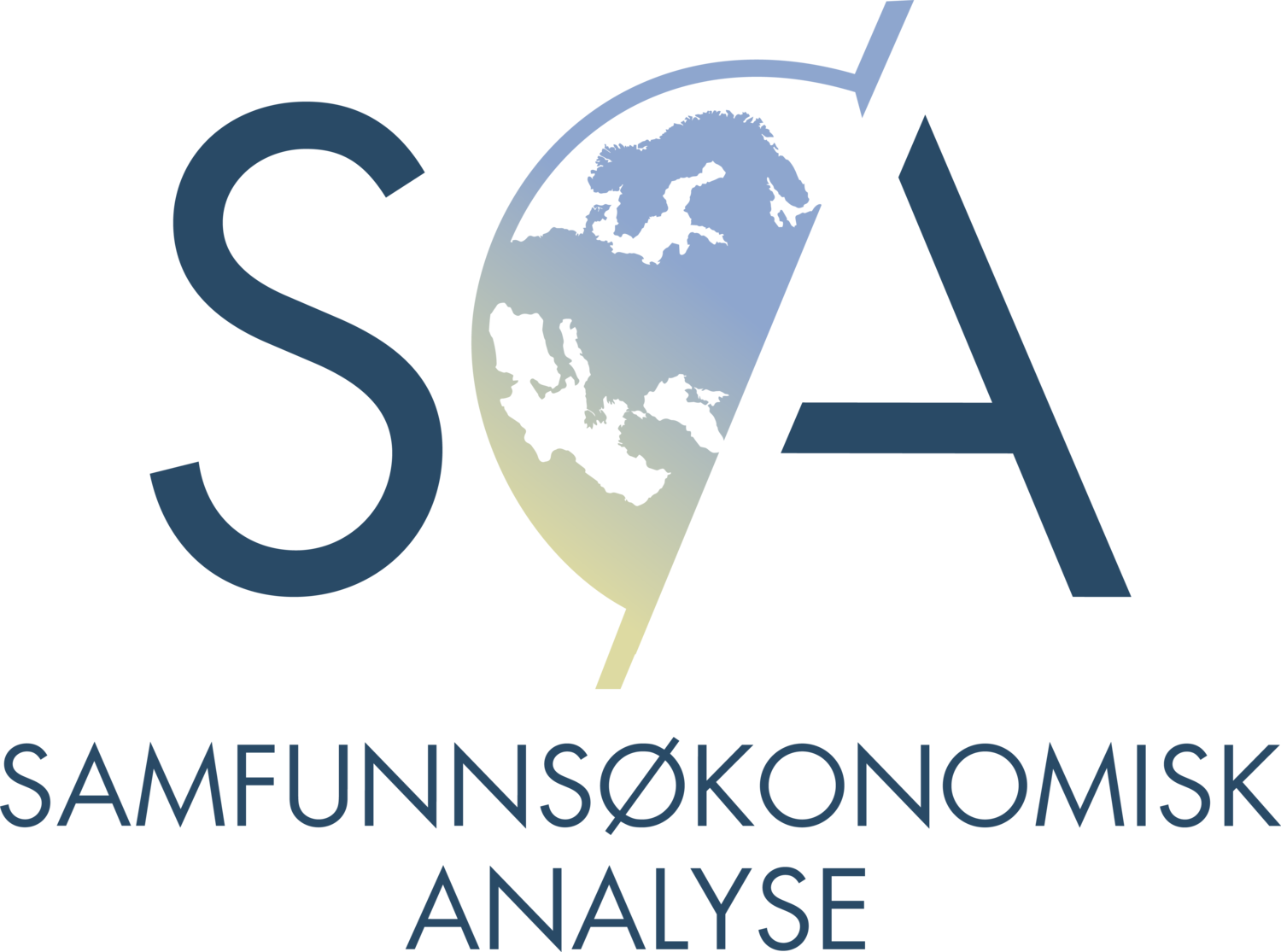This report summarizes four different scenarios with projections of skills demand in Norway. As a part of the project we organized a workshop, in close collaboration with the Ministry of Education and Research, where relevant uncertainties were discussed.
Based on the discussions at the workshop, we decided to focus on the following two uncertainties; Uncertainty related to the future of the “Norwegian worklife model”, and uncertainties related to the level of ambition and commitment of an international climate change agreement. On the basis of these two uncertainties, we have four different scenario narratives:
- Green Diversity is the story in which the world leaders have agreed upon an ambitious and binding agreement to combat climate change. Greenhouse gas emissions are costly and the international demand for fossil fuels is declining. All industries and sectors of society are affected. This is also the story of a Norway where wages are largely governed by market forces. There are differences in wage income. The heroes of society are economists, entrepreneurs, skilled workers, environmentalists, investors and industrialists.
- Binding Norway is the story of the strong state. The government and unions protect the Norwegian work life model through strong coordination of wage formation and limitation of labor migration. The Norwegian labor costs are relatively high. Productive Norway is also about a future in which all countries have agreed on a binding climate agreement and where Norway and other countries compete on being the best to develop, deploy and export new environmental technology. The heroes of society are scientists, technocrats and engineers.
- Free Norway is the story of a future where there is no common agreement on reducing greenhouse gas emissions. All countries find their own solutions. The labor market is becoming increasingly global. Many job seekers find their way to Norway. Norway is a country characterized by great diversity, a rich cultural life, and a clear division between rich and poor. The differences are particularly striking in the big cities. The heroes of the society are self-made entrepreneurs, designers and creative people.
- Productive Norway is the story of a future Norway characterized by low income inequality, trust and high productivity. Norway has introduced Europe's strictest immigration policies. Norway's natural resources provide high incomes and the demand for radical change has not been as great as feared. Export of gas, fish and industrial technology is important for the economy. The heroes in this scenario are politicians, business leaders and investors.
Future demand for employees with different educational fields and levels varies between the different scenarios. Especially great is the demand for unskilled labor in Green diversity and Free Norway. The demand for master's and ph.d. graduates are highest in Productive Norway and Binding Norway. In both these scenarios, Norway has experienced a rapid technological progress.
Projections based on occupations display that in the scenarios where the Norwegian model is strengthened, Productive Norway and Binding Norway, there is a particularly great demand for highly skilled labor. In these two scenarios, demand for engineers, lawyers, social scientists and humanists, and teaching professions is higher than for Green diversity and Free Norway. When wage differences are small, these occupations are relatively cheap. In these two scenarios the demand for operators and transport workers, sales and service workers and craftsmen is high. Larger differences in salaries between those with low and high skills make it more profitable for companies to recruit low skilled people in these occupations (with low wages), rather than investing in technology.
Neither the scenario narratives nor the projections will give the exact picture of what the future will be like. Nevertheless, the different scenario narratives can form the basis for discussion on how we as a society should and could meet the future.
Regardless of the scenario, it appears that the demand for people with vocational skills will increase in the coming years, although the level is different in the various scenarios. However, we see that fewer and fewer are choosing vocational education. How to strengthen the recruitment and quality in vocational training therefore seems to be a relevant and robust strategy, independent of scenario.
Learning in the workplace falls under typical non-formal training and qualifications, and does not lead to qualifications in the same way as education from the formal educational system does. What characterizes developments in all scenarios for the future, is that changes are becoming the new norm. Changes in demand for both skills and knowledge. This raises the question, whether there will be a need for more systematic measures to enhance learning and adaptability outside of the formal education system.
The formal higher educational system obviously has an important role to play. The principle of freedom of choice in higher education is strong in Norway. However, it is not obvious that what the students’ demand is the same as what the corporate and public sector demand. In all four scenarios, we see a relatively strong increase in demand for people with technology skills, and also for people within the health sector. Some measures to increase recruitment to these studies are already implemented, but will there be need for even stronger efforts?
Similarly, the scenarios also outline the importance of research dedicated to technology and health. In all scenarios there will be a particular demand for more knowledge and solutions to combat climate change. For scenarios with a binding climate change agreement there will, in addition, be an international market for such technologies providing business opportunities for Norway.
Click here to read the whole report (in Norwegian).

